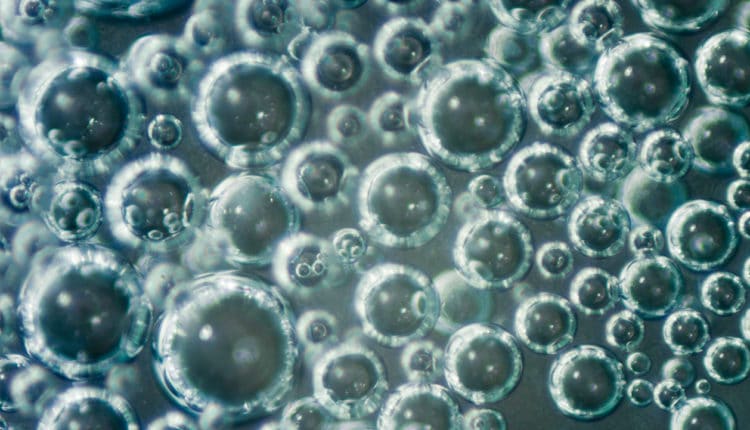 JHOFOTO/ISTOCK/GETTY IMAGES PLUS
JHOFOTO/ISTOCK/GETTY IMAGES PLUS
Gene Therapy Explored for Radiation-Induced Dry Mouth
A new clinical trial is testing the efficacy of using an adapted virus to provide a corrective gene to salivary glands in order to restore salivary flow among patients with radiation-induced dry mouth.
 A new clinical trial is testing the efficacy of using an adapted virus to provide a corrective gene to salivary glands in order to restore salivary flow among patients with radiation-induced dry mouth. Led by Bruce Baum, DMD, PhD, the National Institute of Dental and Craniofacial Research trial is the second endeavor investigating this method. The first clinical trial, conducted in 2008, produced such positive results that this second trial, which started in 2016, has been initiated using a different gene-delivery method.
A new clinical trial is testing the efficacy of using an adapted virus to provide a corrective gene to salivary glands in order to restore salivary flow among patients with radiation-induced dry mouth. Led by Bruce Baum, DMD, PhD, the National Institute of Dental and Craniofacial Research trial is the second endeavor investigating this method. The first clinical trial, conducted in 2008, produced such positive results that this second trial, which started in 2016, has been initiated using a different gene-delivery method.
Chronic dry mouth is a common side effect among patients who have undergone head and neck cancer therapies, as radiation kills saliva-producing cells in addition to tumor cells. It can significantly impact quality of life by interfering with speech, taste, and mastication, as well as increasing the risk for dental caries and other infections.
In healthy salivary glands, water derived from the bloodstream is transported through aquaporins, pore-forming proteins, and mixed with other proteins to become saliva. The saliva then flows through ducts into the oral cavity. Radiation injures or eliminates the cells that make the salivary process work, leaving only cells without aquaporins, which are unable to secrete water. Baum’s hypothesis is to transfer a gene for aquaporin to injured salivary glands with the hopes that it may enable the cells already present to transport water, which could restore salivary flow.
Five of the 11 participants in the first trial experienced significant improvement in salivary flow that lasted for years after the initial treatment was performed. The second clinical trial is using a gene-delivery method based on an adeno-associated virus to transfer the aquaporin 1 gene to the salivary glands, as researchers surmise that the six participants in the first trial whose salivary flow did not improve had an immune response to the adenovirus that was used to transfer the gene. They hope that the adeno-associated virus used in the second trial will be less likely to initiate a negative response in participants.
The second clinical trial began in July 2016 with four subjects. Researchers hope to admit 17 more participants to the study throughout 2018.
Hygiene Connection E-Newsletter
March 2018

